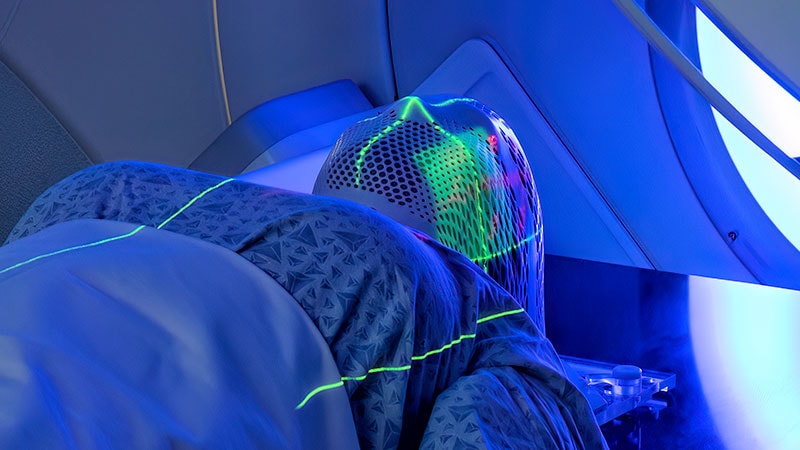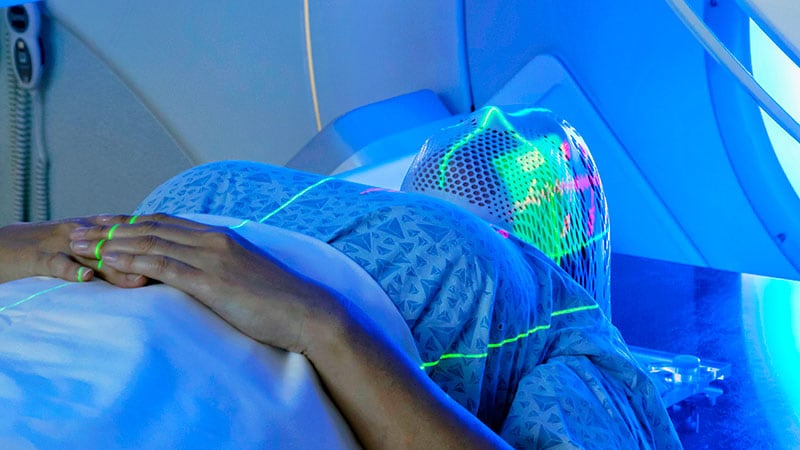More patients with low socioeconomic status (SES) are referred through the fast-track, two-week suspected cancer referral system for head and neck cancer (H&NC), but a new audit has raised questions about the appropriateness of many referrals.
The audit, published in the British Journal of Oral and Maxillofacial Surgery, included data all patients with suspected H&NC who were referred to the head and neck department at an inner-city hospital in Liverpool between July and September 2017.
A total of 390 referrals were analysed, 53% were under 60 years of age, 33% smoked, and 69% consumed fewer than 10 units of alcohol per week. The Index of Multiple Deprivation (IMD) showed 62% lived in the most deprived quintile.
The gender balance was unexpected (60% female), as H&NC is twice as common in men. The authors suggest this disparity may be a reflection of men’s general attitude to health. The gender differences were more pronounced in people from more deprived areas.
There were significant differences in the rates of cancer between patients referred by a GP (6%) or a dentist (20%).
Common symptoms included a swelling or lump (39%), hoarseness (26%), ulcer (7%), and sore throat (6%).
A total of 28 (7%) were diagnosed with cancer of the head and neck. Rates were higher in patients referred by dentists (P=0.02) and in those who drank more alcohol (P=0.02).
The positive predictive value was higher in the least deprived (17%) than in the most deprived (6%).
The authors concluded that more education in oral medicine is needed in primary care to specifically target lower SES patients. They say this could reduce the numbers of "worried well" referred and lessen the pressure on departments to achieve the two-week target.



